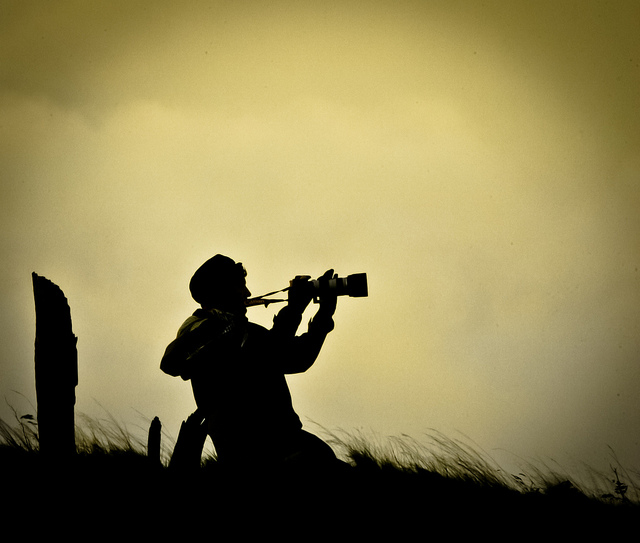Like this column? rabble is reader-supported journalism. Chip in to keep stories like these coming.
The image is more black than white. Light from a window or doorway glances off a mother and daughter immersed in a Japanese bath. The mother’s hair is wrapped in a simple white kerchief. Her name is Ryoko Uemura. She is cradling her daughter, stiff and deformed by mercury poisoning, in her arms. The young girl, Tomoko, is naked, submerged in the water and looks upwards. The light falls on both their faces, on tensed limbs and on the daughter’s hands twisted by the affliction called Minamata disease. It’s named for the Japanese fishing village Ryoko and Tomoko call home. They and their fellow villagers, many fishermen, were poisoned by the methyl-mercury chloride discharged into the village’s fishing grounds as toxic waste by the Chisso Corporation, the community’s main employer.
The photo was taken by W. Eugene Smith, an American photographer who documented the disease from 1971 to 1973. The now iconic image of Ryoko and Tomoko was included in a photo essay by Smith, which LIFE magazine published in 1972.
The photo essay drew the world’s attention to the plight of the poisoned villagers. It was a form of storytelling that LIFE, and before it, the Berliner Illustrirte Zeitung and other print publications had developed and perfected since the beginning of the 19th century.
The print photo essay depended on two key technologies: high-quality presses and portable cameras that would allow photographers like Robert Capa, Henri Cartier-Bresson, Alfred Eisenstaedt and Smith himself to capture decisive moments in candid images, even in difficult lighting conditions.
Without those presses and the fine reproduction they enabled, photographs would have remained the smuggled, muddy images newspapers produced, even up until the middle of the last century. Without the cameras, and the faster film they could contain, pictures like the one in the bath could not be captured.
Which brings me to my point. We now have the capacity to deliver colour photo essays to mobile devices that have a resolution that rivals that of the finest glossy publications. We can create interactive slide shows, geo-locate images on maps and display a greater number of beautiful images than any single magazine spread could handle. We have seen a leap in technology as great or greater than the strides that made the photo essay possible in the first place.
Newspapers and magazines have explored all sorts of ways to take advantage of the embarrassment of riches at their disposal online. You just need to scroll through examples on interactivenarratives.org to see the myriad experiments that have been conducted worldwide. Some, in my opinion, celebrate the images they display, others clutter the experience with unnecessary animations and distractions.
But all depend on only one thing for their success — images that move us. Photographs that capture pain, joy, anger or enlightenment — or record a moment in history. Images that make change.
Smith and his wife were beaten by yakuza thugs hired by Chisso Corporation. The Uemura family was ostracized by villagers who depended on Chisso for paycheques. But, in the end, Chisso had to pay $86 million to victims of its toxic waste, and the world has learned of a disease that got its name from a small fishing village.
For all the shifts in technology since Smith first took that image of the mother and daughter in the bath, the act of bearing witness well matters more than the way the images make their impression — on paper, on screens, or on us. I think we’re still looking for ways to deliver that impact online.
But the very publications that are seeking those ways are laying off the photojournalists who capture the defining images. It took Smith three years to document Minamata. It could take newspapers less than that to turn their backs on a profession that, for many of us, defines the best of what journalists do — say I was there, you were not: Here’s what I saw.
Listen to an audio version of this column, read by the author.
Wayne MacPhail has been a print and online journalist for 25 years, and is a long-time writer for rabble.ca on technology and the Internet.
Photo: Robert Cooke/flickr
Like this column? rabble is reader-supported journalism. Chip in to keep stories like these coming.



